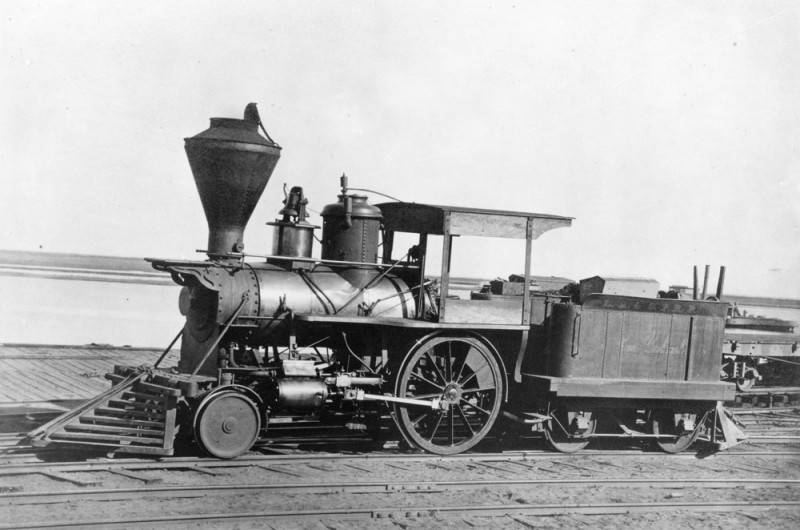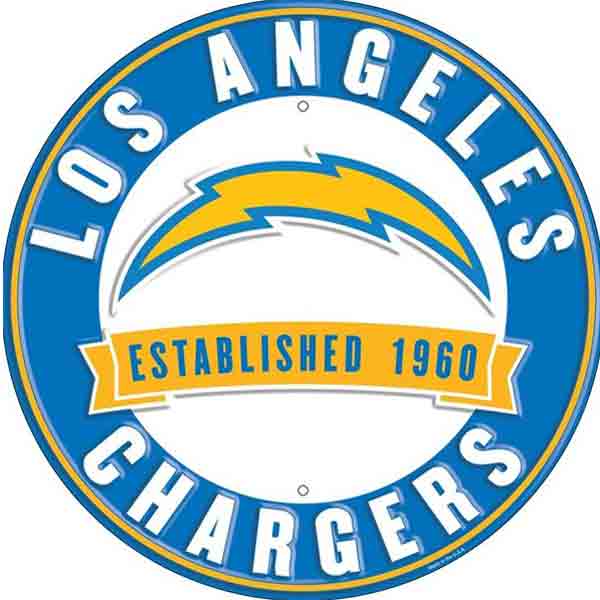How the Los Angeles & San Pedro, Southern California’s first rail line, began – Daily Breeze

Imagining the Los Angeles of 1870 takes some mental gymnastics. The city then had a population of 5,728, and transportation consisted of horse-drawn vehicles operating on dirt roads. It was far from the sprawling metropolis it would become even 30 short years later, when its population topped 100,000.
Even with that in mind, I still found it surprising to find out that the Los Angeles & San Pedro Railroad, connecting the harbor in San Pedro to downtown L.A., became Southern California’s first railroad when it opened in 1869.
The Golden Spike was driven at Promontory Point in Utah that same year to complete the Union Pacific’s first transcontinental railroad, but its route bypassed Southern California completely, connecting instead to San Francisco.
When Wilmington-based shipping magnate Phineas Banning began building his business a decade earlier, he soon diagnosed his main supply chain issue: the difficulty and slowness of transporting goods by animal-drawn carts, especially lumber and building materials, from his wharves in Wilmington north to downtown Los Angeles.
As early as 1853, he had envisioned Wilmington as a potential site for the western terminus of the transcontinental railroad. As a first step, he pushed legislation calling for a new railroad linking Wilmington to Los Angeles, but a bill codifying Banning’s idea bogged down in Congress and never became law. Repeated attempts to pass similar laws during the 1860s also failed.
Banning himself tried again in 1866 as a member of the California State Senate. He faced opposition from farmers who raised grain to feed animals that pulled wagons carrying food to market, owners of the freight lines and those who thought the bill had been designed mainly to further line Banning’s pockets.
In 1867, he tried again. This time, he did his best to drum up support for the new railroad among local political leaders and prominent businessmen before introducing the bill. Under its provisions, Los Angeles County would buy $150,000 in stock in the railroad, with the city of L.A. buying $75,000 worth.
Banning then brought the measure before the legislature. He added a provision that would allow the stock to be resold to another railroad, should one decide to connect to the Los Angeles & San Pedro Railroad, as the new venture was known. The provision was meant to attract Southern Pacific to route its new southern route to Los Angeles instead of San Diego. The measure passed.
A referendum on the railroad project was brought to Los Angeles voters on March 24, 1868. It passed by a slim margin, and Banning was in business.
Construction began in the fall of 1868. It included the building of three railroad stations, one at Alameda and Commercial streets in downtown Los Angeles, one in Compton and another at Banning’s seaport in Wilmington, the railroad’s southern terminus. The route roughly followed Alameda Blvd. southward, much as the present-day Alameda Corridor transportation route does.
On October 26, 1869, the railroad officially began operations, welcoming an estimated 1500 passengers who got free rides along its 21-mile length on its first day. The day concluded with a giant gala ball held at the new railroad’s Los Angeles station. The line’s two trains began running on a regular schedule on November 1. Passengers paid $1.50 each way; dry freight cost $6 a ton, and groceries, $5 a ton.
The LA and SP Railroad operated as an independent entity only for three years. A growing chorus of voices, led by local businessmen, politicians and the then-leading paper in town, Los Angeles Star, began pressuring the Southern Pacific to extend its new route to Los Angeles.
Southern Pacific balked at first, claiming that it would be too costly to build a railroad through the mountains surrounding the city. Its engineers favored a route bypassing L.A. and running through the Tehachapi Pass instead.
The decision certainly was key to the future of Banning’s vision for the Harbor Area and the Port of Los Angeles, but it was also vital to the future of Los Angeles itself, which was in danger of being minimalized as a port in favor of San Diego and San Francisco.
The campaigning Angelenos convinced Southern Pacific to put the matter to the county’s voters, who approved the measure on Nov. 5, 1872. Under its terms, ownership of the LA & SP passed to Southern Pacific in 1873.
On Sept. 9, 1876, the Southern Pacific completed its southern transcontinental route through to Los Angeles. It then held a monopoly on all rail traffic to the city and its port.
This became even more significant when Banning began receiving government funds to help improve the former shallow-water port at Wilmington through dredging operations. The continuing improvements to the harbor, including the construction of a breakwater that was completed in 1881.
Banning died in 1885, but the large-scale improvements he set in motion greatly influenced Los Angeles in its decision to choose San Pedro as the Port of Los Angeles, an action which became official in 1909.
In 2012, the city of Los Angeles began removing railroad tracks from Alameda Blvd. between 1st and 7th streets downtown. The tracks were among the last traces of the LA & SP Railroad.
Sources: “From Point A to Point B with a Los Angeles and San Pedro Railroad Company Receipt, 2 April 1873,” by Paul R. Spitzzeri, The Homestead Blog, April 2, 2022. Grand Ventures: The Banning Family and the Shaping of Southern California, by Tom Sitton, Huntington Library, 2010. Los Angeles Herald archives. Los Angeles Times archives. “Photos: L.A.’s First Railroads Connected the Region to the Local Economy,” by Nathan Masters, KCET website, March 24, 2012.










